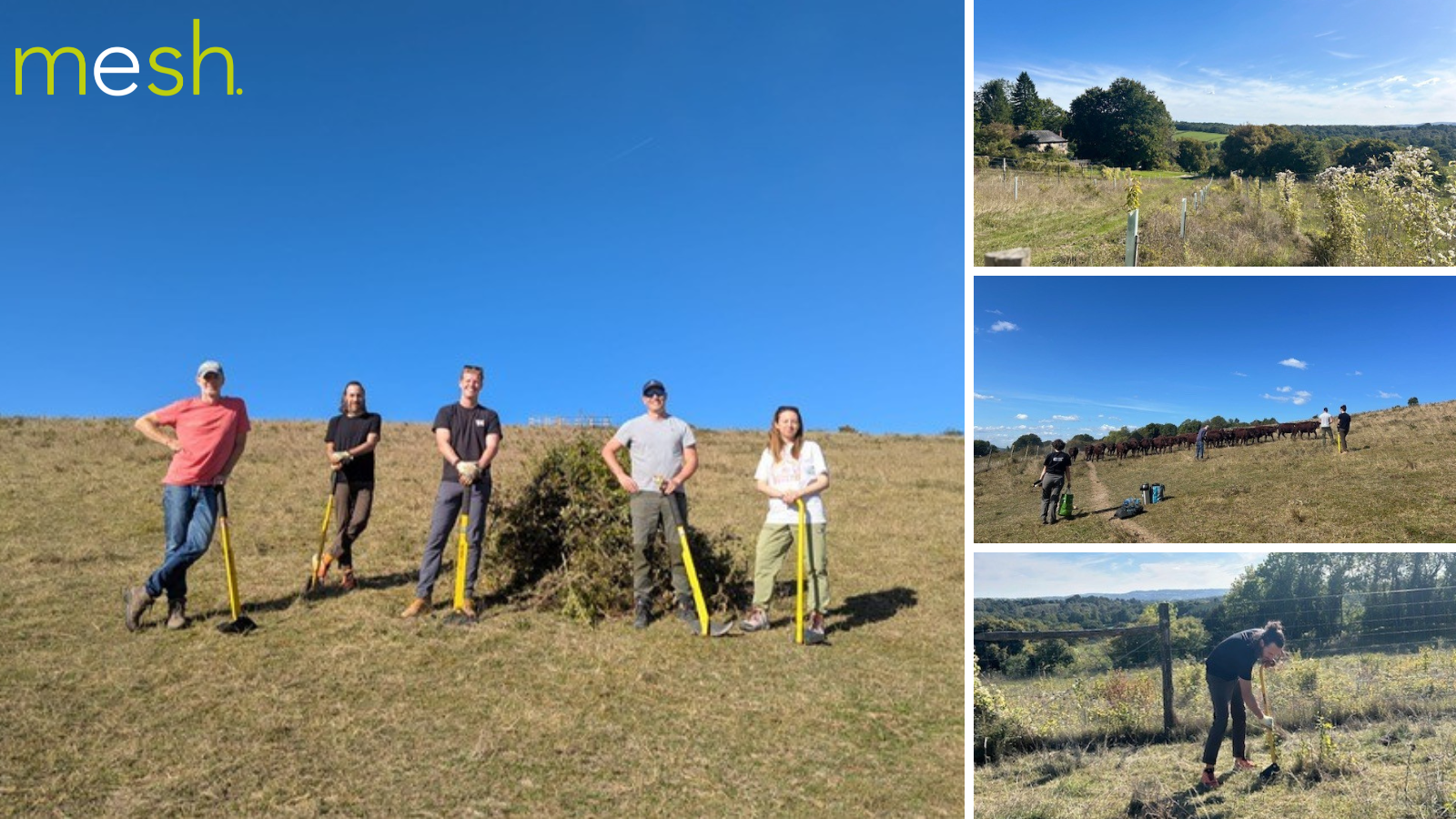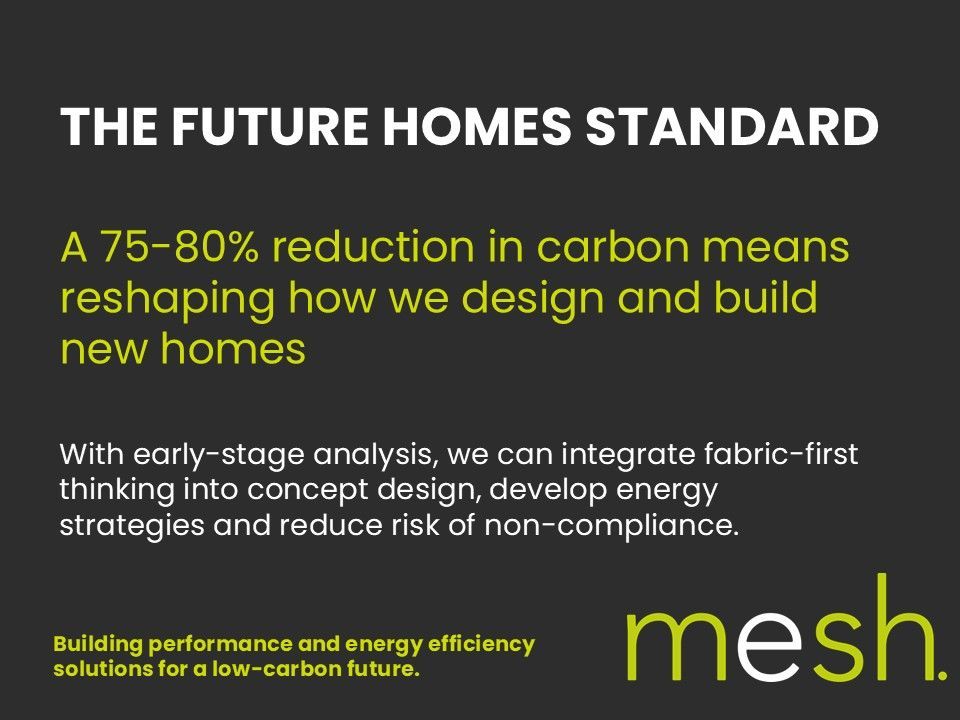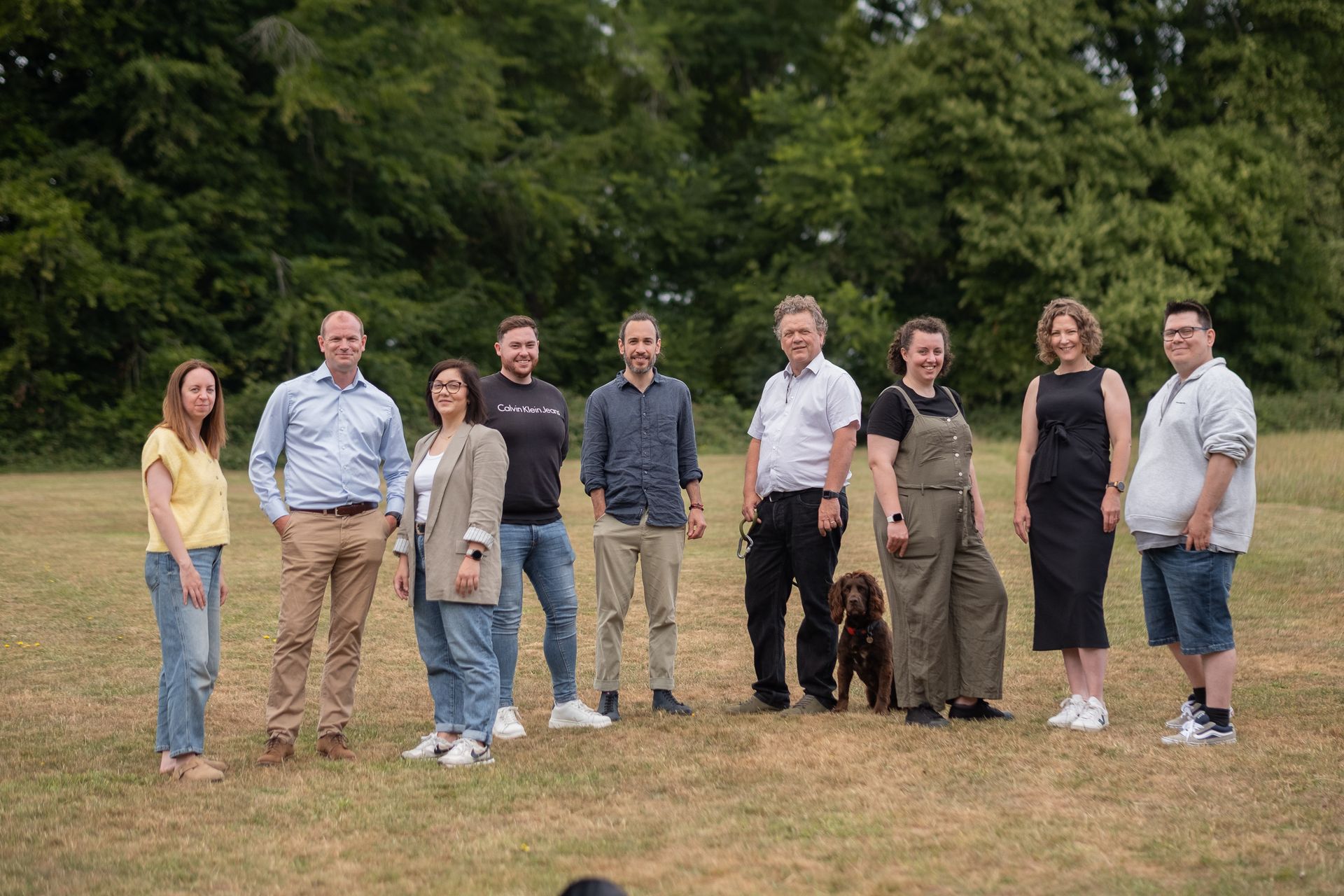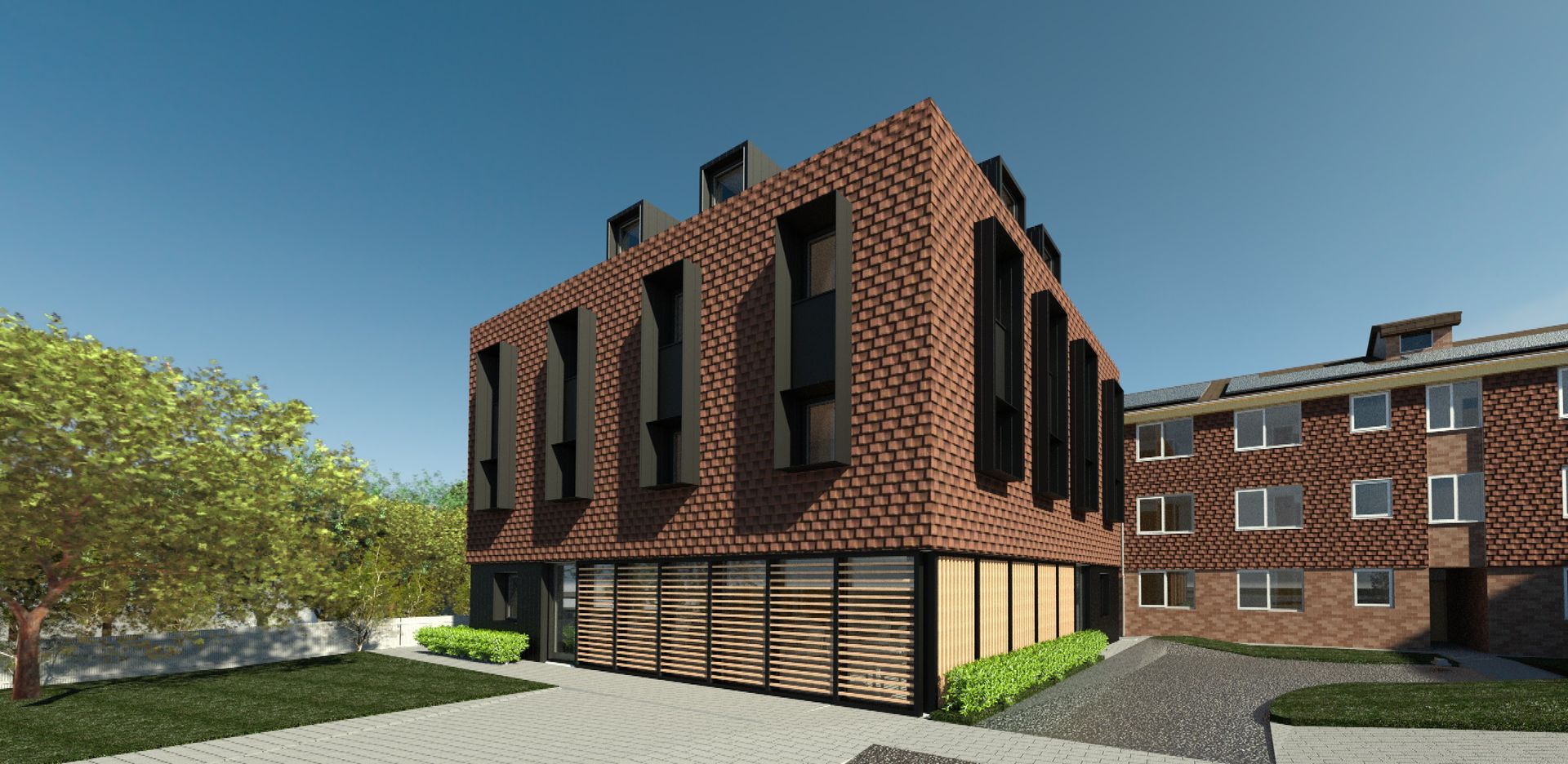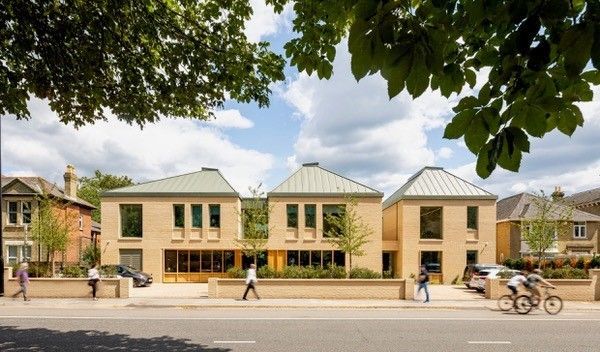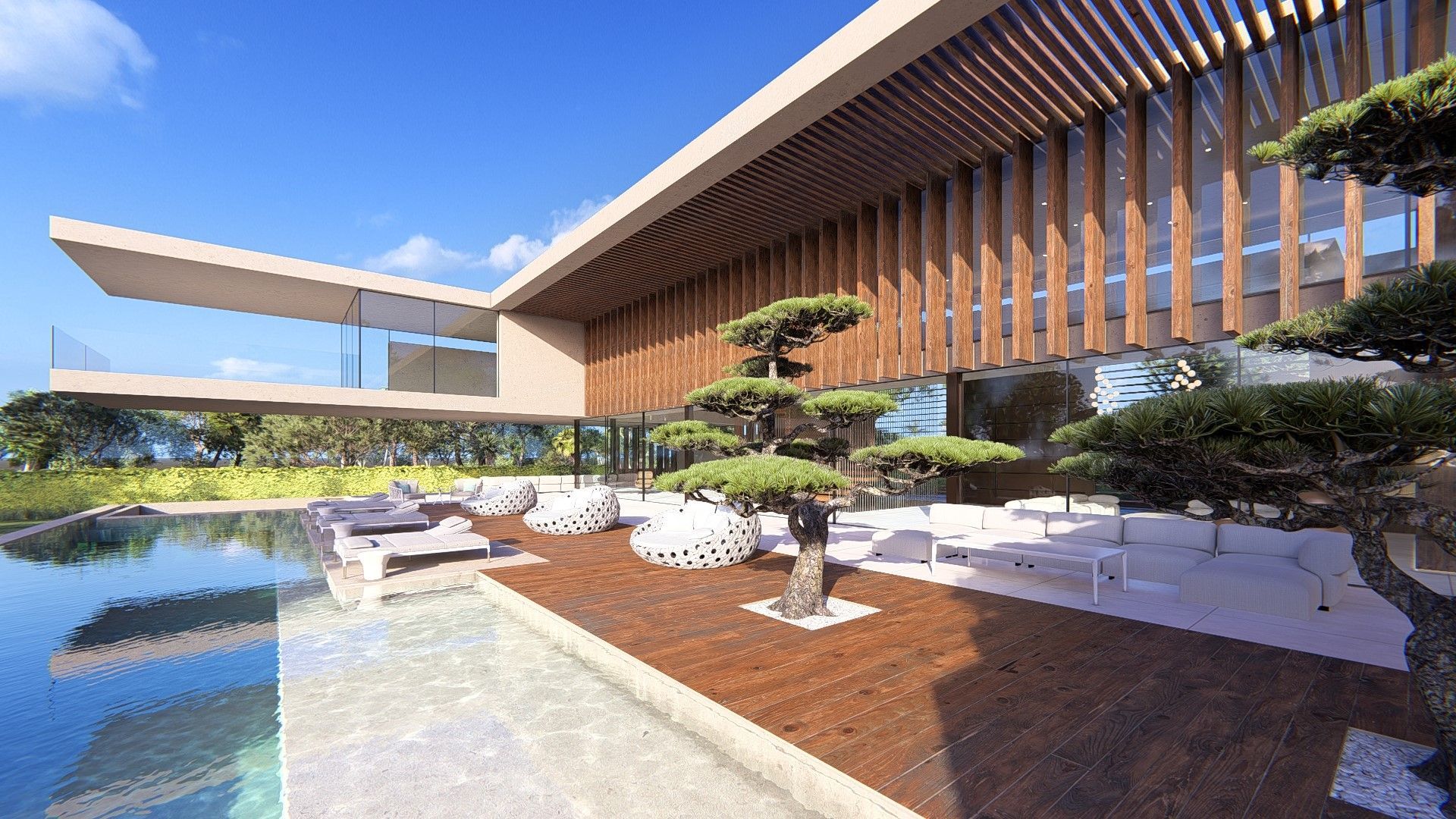Flushed away: what to do about water
With around a quarter of the population of the world living in water scarce countries, another quarter using a contaminated drinking water source, and the demand only growing; now is the time for action on water scarcity.
This isn’t just a problem for those people though; the UK alone is expected to be in a water demand deficit of up to 16% by the 2050’s, increasing to 29% in the 2080’s.
In the last 14 years, the water scarcity area in England has almost tripled, from South and East of Gloucester, to South and East of Manchester.
Beyond drinking water scarcity, a lack of care for our waterways and oceans has led to rising water temperatures, and subsequently rising sea levels, which pose a significant threat to our physical safety, and potentially life as we know it.

But all is not lost, and it’s not too late for action.
As with most elements of the climate crisis, there are several tiers of action that need to be taken, from individual action and attitude change, to leadership and changes in legislature.
So what does this mean for building and development?
Given that all water entering a building at present is perfectly good drinking water, in building, the focus needs to be on reusing that water, and considering alternatives for space heating, fixtures, and fittings.
Right now, we’re flushing drinking water. We’re washing our cars with hundreds of litres of drinking water.

Rainwater Harvesting
Even a water butt, could make a difference, though there are bigger and better options, such as a buried package plant, available.
Grey Water Harvesting
Grey water is water coming from sinks, basins, laundry, etc. - any source without faecal contamination.
This water can safely be used to flush toilets, clean cars and floors, and even water the garden, if done mindfully.
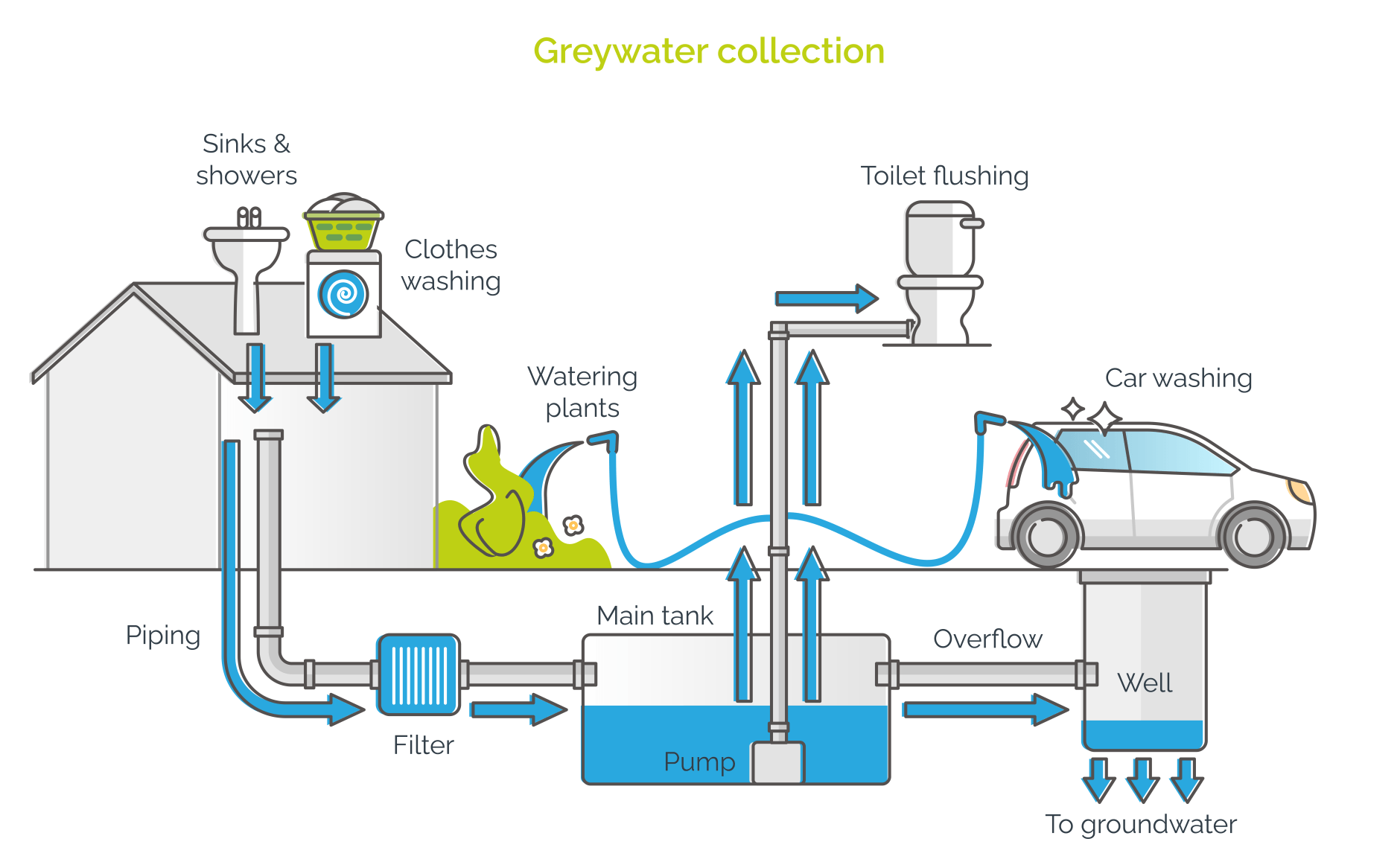
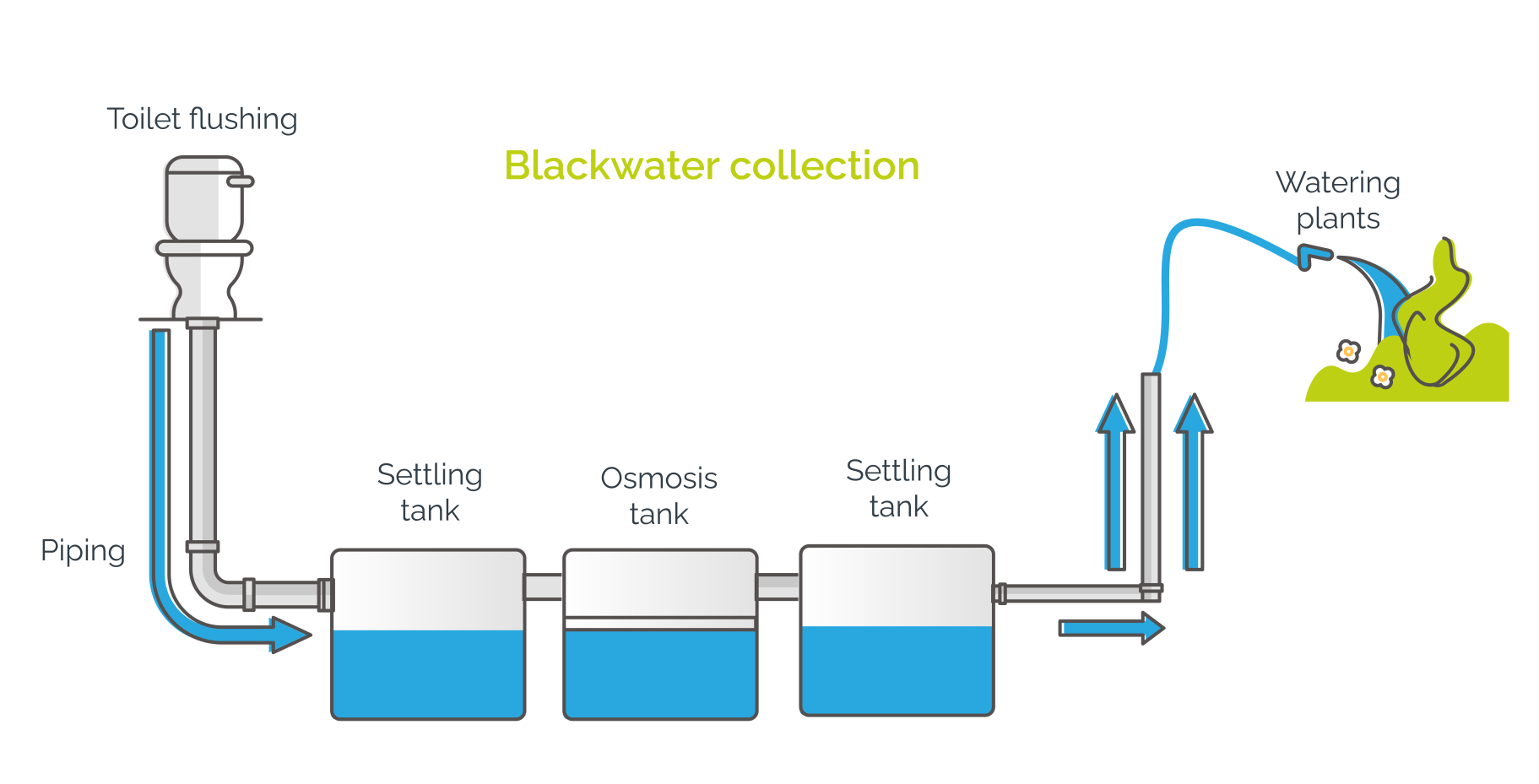
Black Water Harvesting
As you may have guessed, black water is collected from WC’s, and does contain faecal contamination.
This water can safely be harvested and used, generally for garden irrigation, but a rigorous treatment process is necessary.
Alternative Heating Solutions
We’re already familiar with taking heat from the ground, but what about taking heat from water? This is equally effective, saves space, and can increase and support biodiversity.
Alternative Fittings and Fixtures
Moving away from baths, alone, can save huge amounts of water. Taps and shower heads can also be replaced with slower flowing alternatives.
Though the situation is not good, when it comes to water, there are things we can do - the time to do them is now.
SHARE THIS POST WITH YOUR NETWORK
